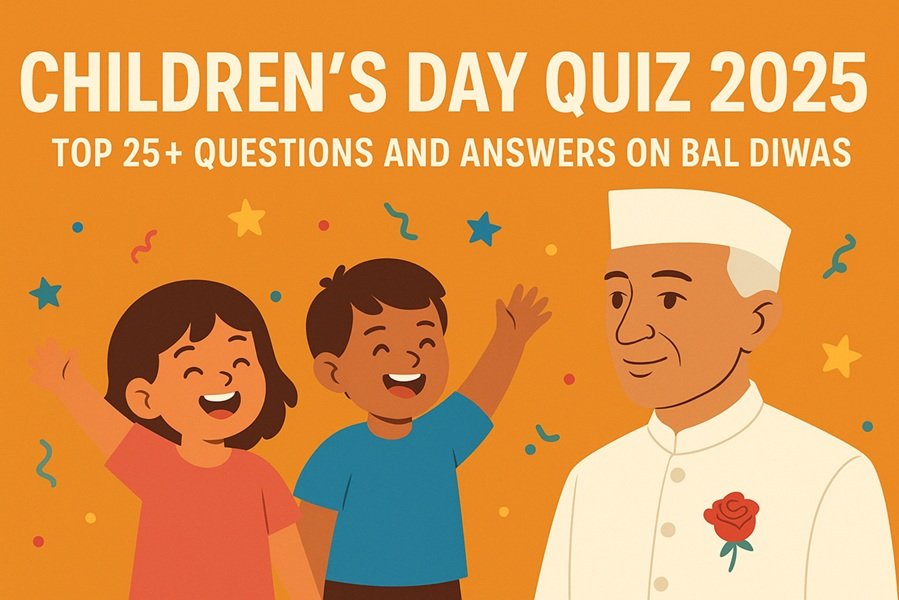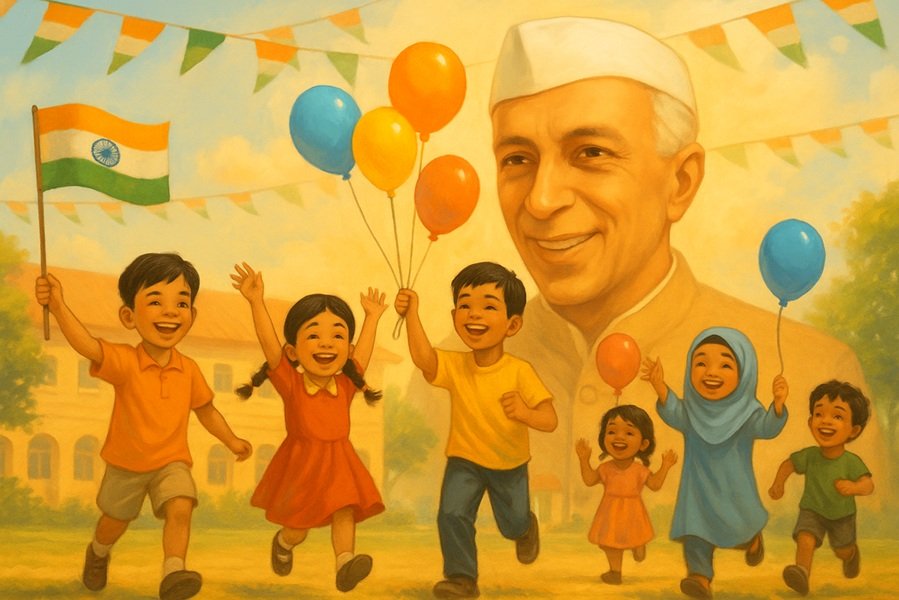
The New Year is a time of fresh beginnings, and while the widely recognized Gregorian New Year follows the solar calendar on January 1st, many cultures celebrate their own solar New Year festivals based on the movement of the Sun. These festivals typically align with the vernal equinox or solar transitions, especially the entry of the Sun into Aries (Mesha Rashi), marking the Solar New Year in various traditions across Asia and beyond.
Let’s explore some of the major New Year celebrations based on the solar calendar, including Vishu, Puthandu, Bohag Bihu, Songkran, Pohela Boishakh, and many more.
1. Vishu (Kerala, India)
Date: April 14
Vishu is the Malayali New Year celebrated in Kerala and parts of Tamil Nadu. It marks the spring equinox and is observed with great enthusiasm. The festival is rooted in astronomical calculations where the Sun moves into Aries (Mesha Sankranti).
Key Traditions:
- Vishukkani: A special arrangement of auspicious items like rice, fruits, flowers, a mirror, and gold, viewed first thing in the morning for good fortune.
- Fireworks and Feasts: People burst crackers and enjoy a grand feast known as Sadhya, featuring traditional dishes.
- Giving of “Vishukkaineetam”: Elders give money to the younger members as blessings for prosperity.
2. Puthandu (Tamil New Year – Tamil Nadu, India)
Date: April 14
Puthandu, or Tamil New Year, is celebrated in Tamil Nadu and Sri Lanka. It is based on the movement of the Sun into Aries and signifies a time for new beginnings and prosperity.
Key Traditions:
- Kanni (Auspicious Sight): Similar to Vishukkani, people arrange auspicious items and see them first in the morning.
- Mango Pachadi: A special dish made with jaggery, mango, neem, and tamarind, representing the different flavors of life.
- Temple Visits: Devotees offer prayers in temples and seek blessings for the year ahead.
3. Bohag Bihu (Rongali Bihu – Assam, India)
Date: April 14
Bohag Bihu, also known as Rongali Bihu, is the Assamese New Year and marks the start of the agricultural cycle. The festival is full of joy, dance, and cultural performances.
Key Traditions:
- Bihu Dance & Music: Traditional Assamese Bihu songs and dances are performed.
- Feasting and Community Gathering: Special dishes like pitha (rice cakes), larus (sweet balls), and curd are enjoyed.
- Cattle Worship: People wash and decorate their cattle, as they are crucial for farming.
4. Pohela Boishakh (Bengali New Year – West Bengal, Bangladesh)
Date: April 15
Pohela Boishakh is celebrated by Bengalis in India and Bangladesh as their New Year’s Day, welcoming the month of Boishakh in the Bengali calendar.
Key Traditions:
- Mangal Shobhajatra: A colorful procession in Bangladesh, recognized by UNESCO as an Intangible Cultural Heritage.
- Traditional Bengali Feasts: Hilsa fish, panta bhat (fermented rice), and sweets are enjoyed.
- Cultural Performances: Music, dance, and theater performances are organized.
5. Songkran (Thai New Year – Thailand, Laos, Myanmar, Cambodia)
Date: April 13-15
Songkran is celebrated as the Thai New Year, and its name comes from the Sanskrit word Sankranti, meaning the Sun’s movement between zodiac signs.
Key Traditions:
- Water Festival: A massive water fight symbolizes cleansing and renewal.
- Buddhist Rituals: Visiting temples, making offerings, and pouring water over Buddha statues for blessings.
- Family Reunions: People return home to celebrate with their families.
6. Thingyan (Burmese New Year – Myanmar)
Date: April 13-16
Thingyan is Myanmar’s New Year festival, closely resembling Songkran in Thailand.
Key Traditions:
- Water Splashing: To wash away past sins and purify oneself.
- Temple Visits & Charity: People visit temples and offer food and clothes to monks.
- Dance & Music: Traditional performances and community celebrations.
7. Aluth Avurudu (Sinhalese New Year – Sri Lanka)
Date: April 13-14
The Sinhalese New Year, also known as Aluth Avurudu, is celebrated by the Sinhalese people of Sri Lanka, coinciding with the Tamil New Year.
Key Traditions:
- Astrological Timing: The New Year is determined based on precise astrological calculations.
- Customs and Rituals: Lighting of lamps, boiling milk as a sign of prosperity, and traditional games.
- Special Foods: Dishes like kiribath (milk rice) are prepared.
8. Vaishakhi (Punjabi New Year – India, Pakistan)
Date: April 13 or 14
Vaishakhi is both a harvest festival and the Punjabi New Year, celebrated by Sikhs and Hindus.
Key Traditions:
- Gurudwara Prayers: Sikhs visit Gurudwaras for prayers.
- Bhangra & Gidda: Traditional Punjabi dance performances.
- Feasting and Festivities: Enjoying lassi, kheer, and parathas.
Conclusion
New Year festivals based on the solar calendar are deeply rooted in astronomical movements and cultural traditions. Whether it’s Vishu in Kerala, Bohag Bihu in Assam, Songkran in Thailand, or Pohela Boishakh in Bengal, these celebrations reflect the importance of agriculture, prosperity, and renewal. Each festival has its unique customs, uniting families and communities in joyful celebrations.
As we embrace these diverse New Year traditions, it’s a reminder of how cultures across the world celebrate new beginnings with joy, gratitude, and hope.
Wishing everyone a Happy and Prosperous Solar New Year!



